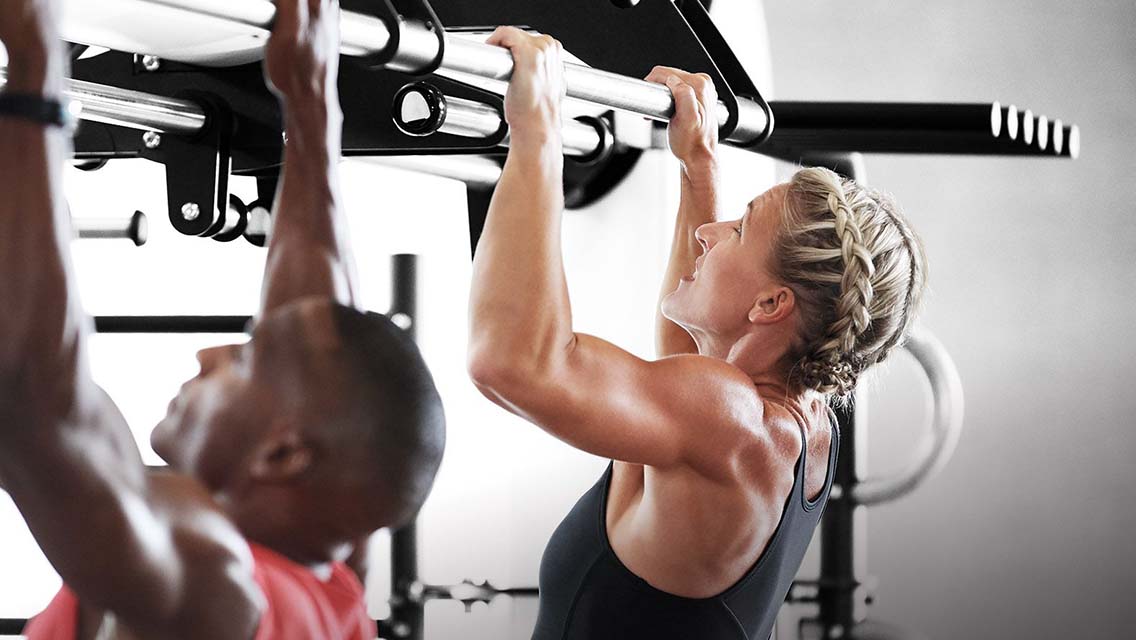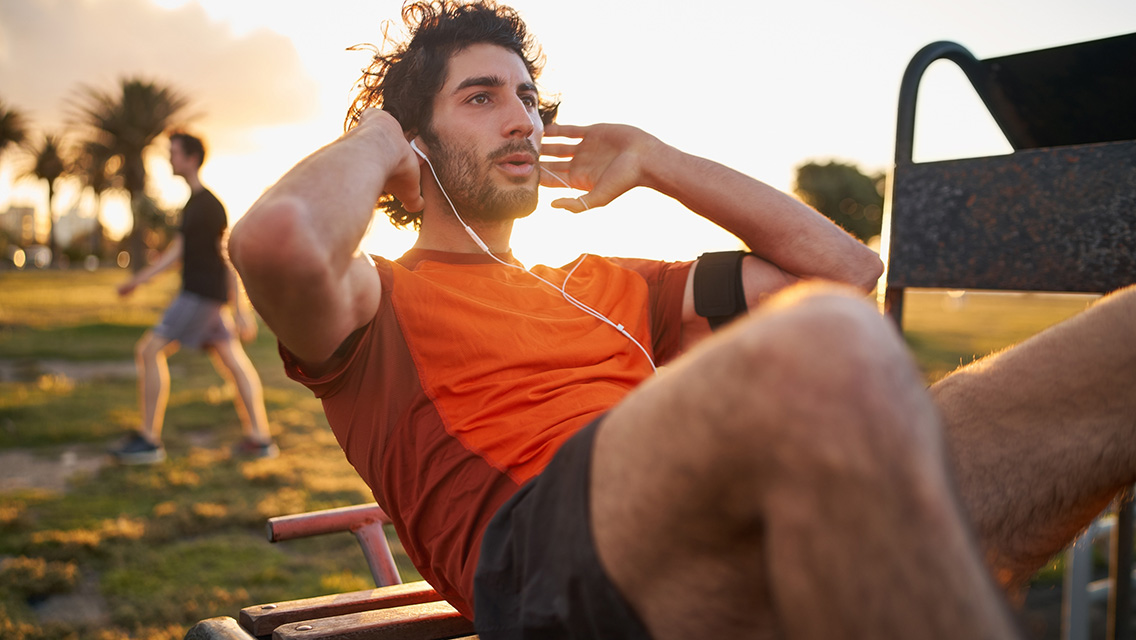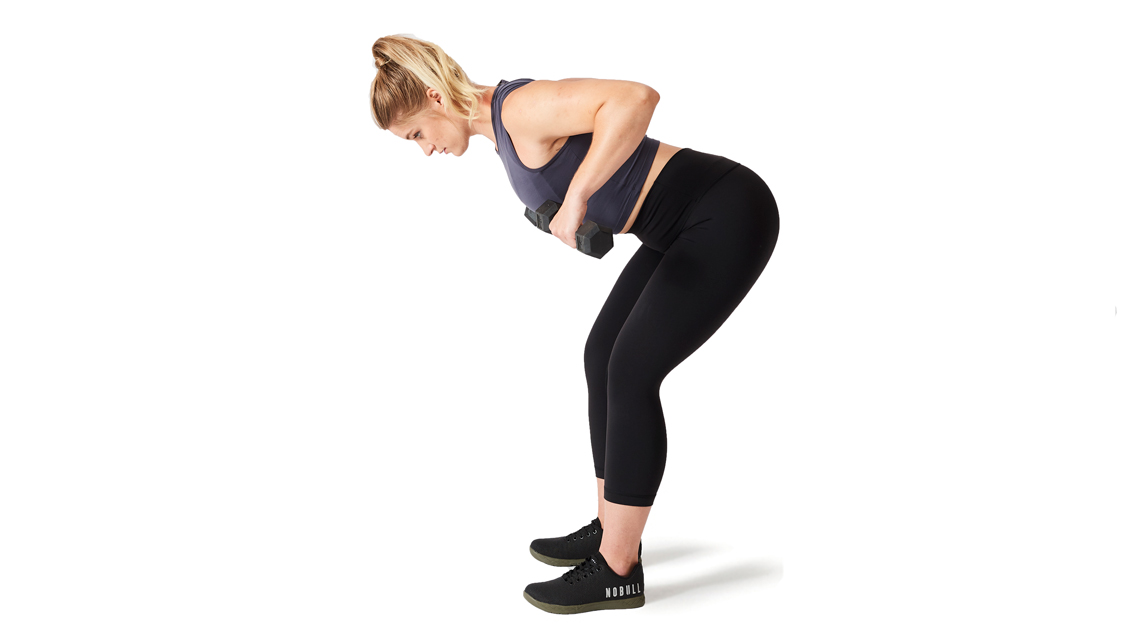Q | I’ve heard people say that biceps curls are useless. Is that so? And if so, what’s a better way to build biceps strength?
A | While biceps curls have gotten a bad rap in recent years, they’re not inherently bad. As an accessory movement, they can help strengthen the muscles that engage every time our elbows flex and palms turn up.
We use our biceps for many pulling exercises, such as pull-ups and rows, as well as sports that involve grappling or grabbing an opponent. Biceps also provide vital stabilization during deadlifts and carries — whether you’re carrying kettlebells or heavy bags of groceries.
In other words, the biceps have some real jobs to do, so it’s good to keep them strong. Curls just aren’t necessarily the best way to go about doing that, says trainer Max Shank, Master RKC, Z-Health, of Encinitas, Calif.
Think curls are the best way to build biceps? Rows or pull-ups will probably give you more bang for your exercise buck.
The trouble with doing curls as the primary method of biceps-building is that they are an isolation exercise for a set of muscles that don’t primarily work in isolation.
The biceps work with the triceps, shoulders, traps, and lats to allow the shoulder and elbow to function optimally. Without these other muscles, overtrained biceps can lead to painful, performance-inhibiting imbalances, poor posture, shoulder pain, and the inability to fully extend the elbows.
Shank says functional, multijoint movements such as deadlifts, inverted and bent-over rows, carries, pull-ups, and chin-ups are preferable ways to build biceps strength while maintaining good posture and biomechanics.
If you really want to do curls, play with different styles. “A mixed grip on a barbell [with one palm facing you and the other facing away] or a dumbbell hammer curl will yield the best results for the greatest number of people because they are easy on the joints and help balance out the extensor muscles,” says Shank.
He also advises pairing your pulls with pushes — combining curls with pushups, or pull-ups with overhead presses — and stretching your biceps and shoulder muscles after a training session. “It is important to stay flexible while training your ‘guns,’” says Shank.





This Post Has One Comment
Hey Maggie,
Perfect!
I wasn’t sure what I was going to find when I first started reading your article, but for me, you’ve absolutely nailed it.
I completely agree that there should be more of a focus on pulling and compound exercises.
In fact, there is scientific research which states that in order to add just one-inch to your biceps you’ll need to gain approximately 10lbs in weight.
And you’ll ever achieve this by simply performing an isolation exercise.
So, in order to get bigger biceps you’ll need to increase your calorie intake, focus on compound exercises which work more muscles, and use an accessory move, such as bicep curls, as nothing more than the icing on the cake.
Plus, it’s probably important to mention that the bicep is the smaller of the upper arm muscles, and quite significantly too.
So, anyone who wants “big arms” would be better off concentrating more on working the triceps as they take up approximately two-thirds of the upper arm surface area.
Partha